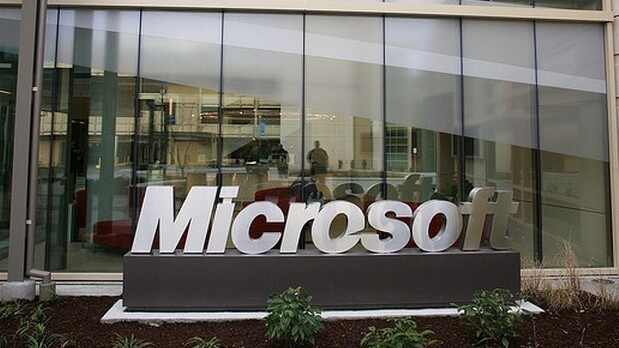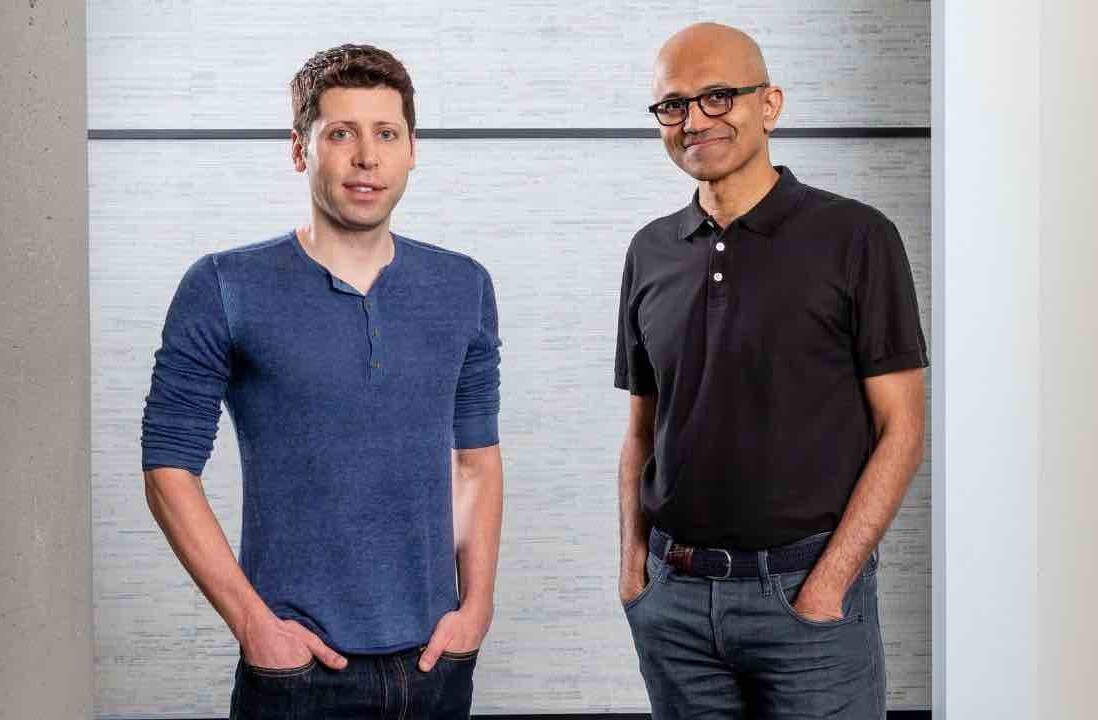
This is right out of the ‘oh come on, really’ department. According to Microsoft’s Digital Crimes Unit (we love that name), The creator of the short-lived Kelihos botnet worked for an antivirus firm. The name of the company has not been released, but it seems that Mr. Andrey N. Sabelnikov is not in for a very good week.
Microsoft alleges that Kelihos was coded, and grown to its full stature by Sabelnikov. Such botnets, which infect thousands and thousands of machines, not only put consumers at risk, but also tarnish Microsoft’s reputation as a purveyor of quality software; Microsoft has a made a mostly successful push in recent years to lock down its code, and provide free safety to0ls to its users. Microsoft Security Essentials is a good example of this.
Though Security Essentials competes with other antivirus products, Microsoft works with cybersecurity firms such as Kaspersky Labs to catch the people behind botnets and other forms of nastiness. The Kelihos botnet was not as large as the Rustock botnet, but it was substantial, and elements of it persist to this day, though its back is broken.
According to analysis by GeekSailor, that Microsoft is not only neutralizing threats, but also tracking down their authors, is interesting:
Ever since Bill Gates left the company, it seems like Microsoft is trying very hard not to pose like bad company. The trend was started by the company’s founder who decided that he can use his enormous fortune to cure polio and provide other vaccines to people living in Africa. On the other hand, the company is currently on a virus rampage as it “killed” a couple of spam firms as well as several botnets. Last year, Microsoft destroyed a botnet called Kelihos, and it decided that it would be better to look deeper to find out who created the virus.
I disagree that Microsoft is on any sort of charity kick with this action, but it is quite intriguing that to stop such threats, the firm is willing to dig all the way to the root of the issue, the hands that created it. It can’t be cheap or simple. Then again, with its reputation on the line, the cost is certainly less than the intangible returns that it leads to.
Windows 7 was a step forward for security, as was Internet Explorer 9. Assuming that Windows 8 and Internet Explorer 10 build on that start, perhaps the days of Kelihos and Rustock are nearly behind us.
Get the TNW newsletter
Get the most important tech news in your inbox each week.





